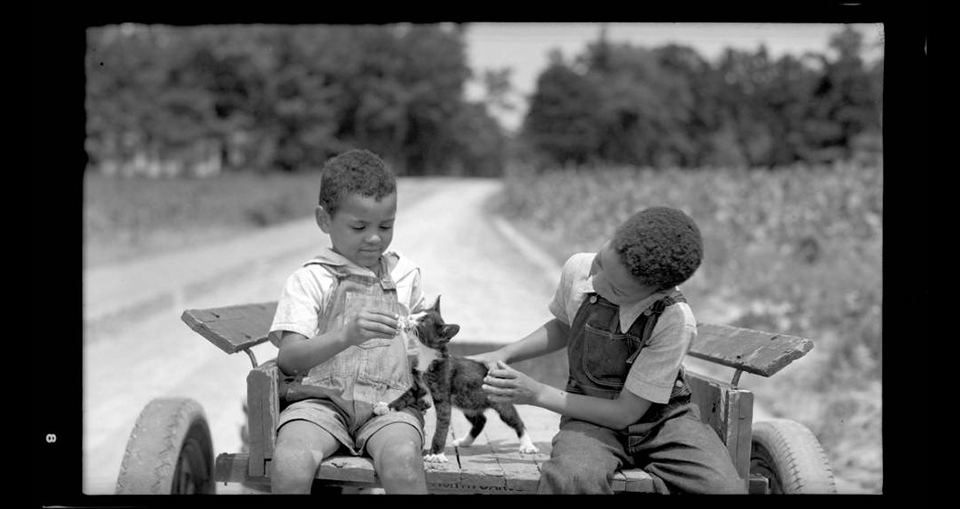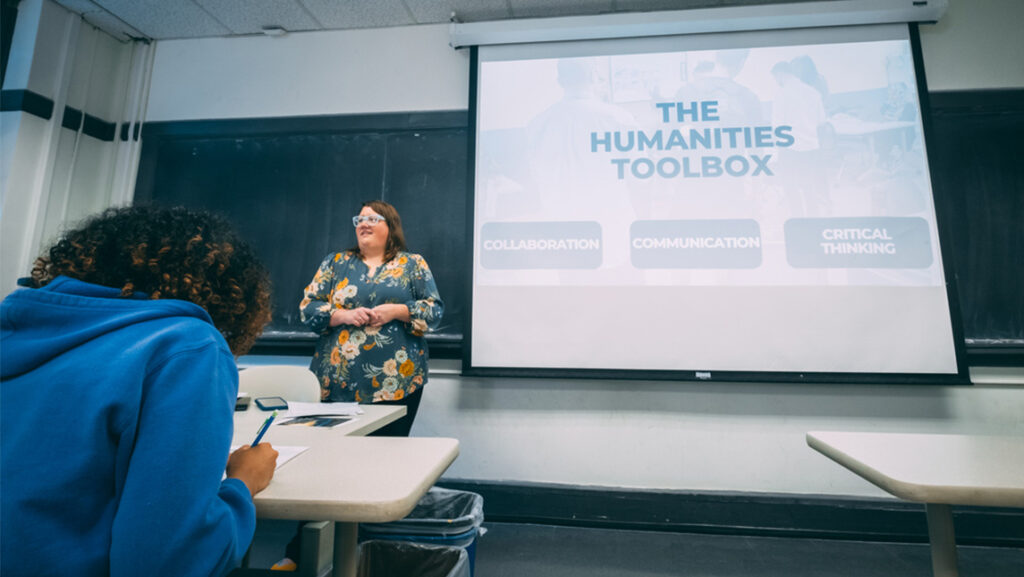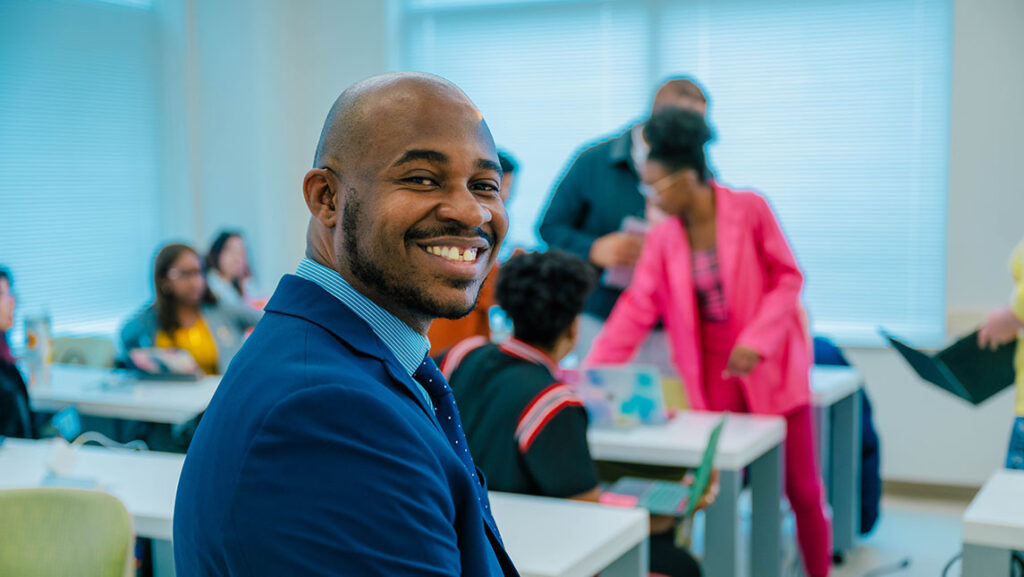excerpt, Fall 2015 UNCG Research Magazine
Seventy-five years ago, a 6-year-old African-American boy named Clay McCauley Jr. asked a simple question about the books he read: “Why don’t any of the people look like me?”
The woman to whom he posed this question was Stella Gentry Sharpe, a neighbor and schoolteacher in Hillsborough, North Carolina. She responded by creating a children’s book featuring African-American children — one of the first to depict African Americans in ways that challenged demeaning stereotypes. The book Tobe, published in 1939, features a series of striking photographs of children living and working on a rural farm in the time of the Great Depression.
Publisher UNC Press hired Greensboro photographer Charles Farrell to capture the images for the book. It was these photographs — found in the North Carolina Collection archives at UNC Chapel Hill — that first captured the attention of UNCG Professor of History Benjamin Filene. “Who were these people?” he wondered. “How did these images come about, and what did the people in the pictures think about their portrayal?”
These questions and more led Filene to Hillsborough and then to Goshen — a historically African-American community, just a few miles from UNCG, where Farrell had photographed families for the book. Through census records, city directories, and word of mouth, Filene tracked down the subjects of the photographs — several of whom were still living — as well as their descendants and other community members. He documented their experiences through approximately two-dozen oral history interviews, which trace the paths of these families from the 1930s to the present.
Through his intensive research, Filene saw the story of Tobe open up to reveal a broader theme: the complex history of race and representation. Drawing on Tobe‘s images, the interviews, and the community histories, Filene will explore this theme in an upcoming exhibition titled Reading, Writing, and Race: One Children’s Book and
the Power of Stories.

Filene is planning the exhibition with staff of the Levine Museum of the New South in Charlotte, with funding from the federal Institute for Museum and Library Services. The exhibition will feature original images from Tobe, as well as alternate images ultimately not selected for inclusion in the book, a history of efforts to challenge the “all-white world” of Dick and Jane, a “reading nook” stocked with multicultural titles, and opportunities for visitors to create their own stories. It will also highlight contemporary questions of representation and identity, with media pieces about how black youth are depicted in contemporary media and the “Black Lives Matter” movement.
Stella Sharpe and Charles Farrell sought to present Tobe as a counterpoint to the pervasive stereotypical images of African Americans at the time. But Filene points out, “These images were created and presented by white people.”
“We have to ask — who gets to tell the story, whose story gets told, and how does storytelling have both historical and contemporary power?”
By considering these questions, exhibition visitors are invited to examine the larger proposition that representation matters. “The cultural assumptions we carry shape whom we trust, whom we protect, and whom we fear.”
Filene hopes museum visitors will come away from the exhibition experience with a heightened awareness of the power of culture to shape one’s understanding and attitudes. He hopes the exhibition will encourage visitors to make thoughtful, engaged decisions about culture, including the words they use, the books they read to their children, and the movies they watch. Filene observes, “Even though these are sources of fun and comfort, they’re also realms that have power and where positive change can happen.”
Filene staged an initial version of the exhibition at the North Carolina Collection Gallery at the University of North Carolina at Chapel Hill from October 2014 to March 2015, to celebrate the 75th anniversary of Tobe. (Click to see event coverage, including a photo of Charles Garner at the opening.) He plans to open the expanded exhibition in Charlotte at the Levine Museum of the New South in the fall of 2018.
By Laura Gonzo • Photography from the North Carolina Collection, University of North Carolina Library at Chapel Hill • Learn more at https://www.uncg.edu/his/faculty/filene.html




